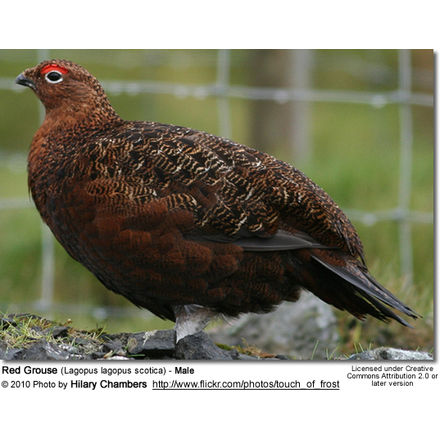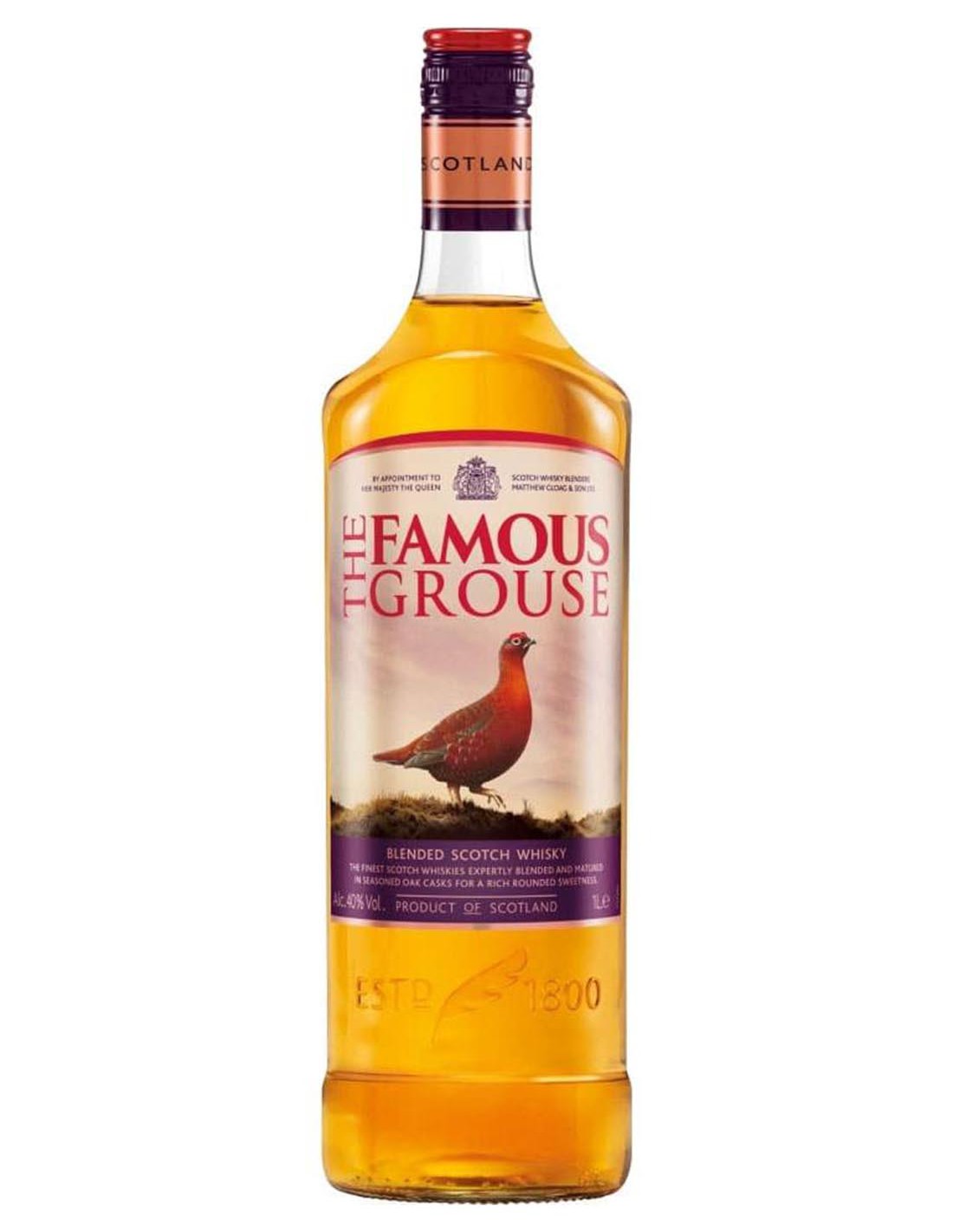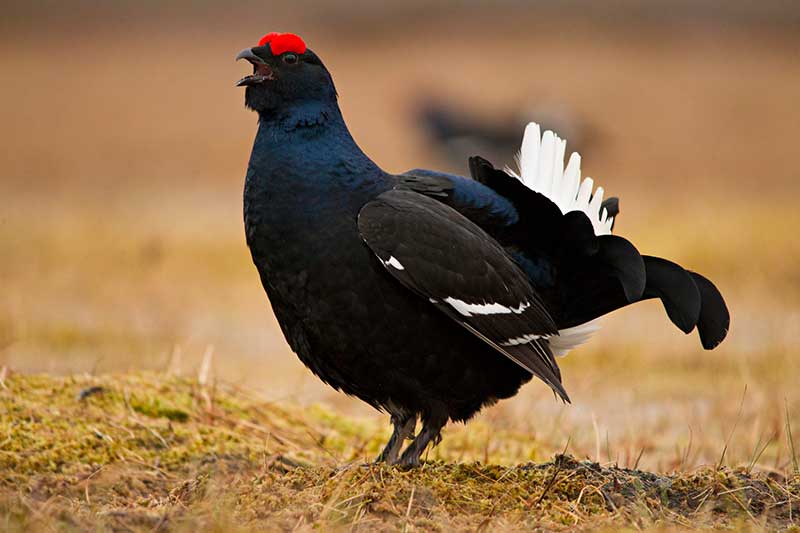Grouse shooting contributes millions to the economy every year and also supports thousands of people — from gamekeepers and beaters to people in tourism and hospitality.
Grouse shooting can be traced back 160 years to 1853. It started to take off when the railways suddenly made it easier to get to the moors, and shotguns became breech-loading. The “bags” — total number of birds shot per day — were huge, often topping 2,000 in a single day.
Although grouse shooting is most commonly associated with the Scottish Highlands, red grouse were, and still are, shot on moors in Wales, Northern Ireland and as far south as England’s Peak District.
Grouse are safe for one day of the week. It’s illegal to shoot grouse — as well as many other game birds — on Sundays. In 2012 when the Glorious 12th fell on a Sunday, it had to be moved to August 13th.
The law about Sunday shooting is laid out in the Game Act of 1831. (It’s not against the law in Scotland, but the custom is still adopted.)

THE MOST COMMON THE RED GROUSE
A few quirky points about the Red Grouse:
- They make a very distinctive call that sounds like ‘Go back! Go back! Go back’ as they fly fast and low above the heather.
- They have less than a third of the fat and twice the protein of roast chicken.
- Despite being eaten on the day for effect, they really are better when hung, like any other game bird, before cooking
- The verb “to grouse,” originally meant “to complain or grumble” and dates to the late 19th century. It apparently originated as soldiers’ slang in the British Army and the earliest known use of the verb was by Rudyard Kipling in 1887.
- It is Scotland’s national game bird. It was the former mascot of the Scottish rugby team (between 1990 and 2007) and is the emblem of the famous whisky.
We couldn’t leave without showing the most Famous Grouse of all











